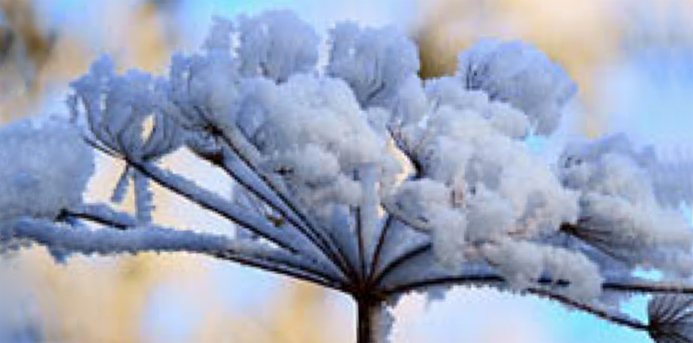Some of the most beautiful winter displays can be expressed in nature.
Which is why creating a “winterscape” is just as critical in landscape planning as spring and summer gardens.
Trees and shrubs in their winter form add shape and proportion. And while evergreens and conifers are considered the quintessential winter plants, think beyond the needles.
Weeping trees can create focal points. Varieties like birch, paperbark maple, seven son flower and hydrangea vine reveal exfoliating bark in winter.
Plantings also add color, texture and movement. Shed of their leaves, the brightly colored stems of kerria, willow, and red and yellow twig dogwood show off their best features. Even without summer color, plants like hydrangea, spirea, astilbe or Russian sage offer structure with seedheads and dried blooms. There is also crabapple, viburnum, winterberry or hawthorne that each bear fruit that persists into the winter months.
Architectural details like trellises, pergolas and arbors can also create vertical interest and structure in the garden, generating focal points and serving as another stage for fallen snow.
And don’t forget to cover your bare annual and perennial beds with evergreen boughs. Not only are you protecting spring bulbs planted underneath, but the boughs prevent soil from splashing out onto walkways.
These talented landscape professionals provided the ideas and inspiration for this article:
Anne Flannery, The Beaded Garden
Chris Poggi, James Martin Associates
Michael Schmechtig, Schmechtig Landscapes
Robin Smith, Pasquesi Home & Garden
Donna Vignocchi, ILT Vignocchi
Marni Wilson, Mariani Landscape
Photo by Lambert Wolterbeek Muller

